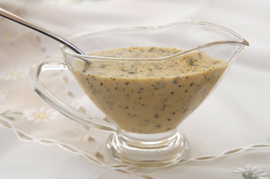Stir Fry Sauce by “Kikkoman”
I came over to my best girlfriend’s house one evening for dinner and to spend some quality time with her. My friend informed me that her father’s girlfriend was going to be the cook tonight and was preparing something oh-so-yummy! We did some grocery shopping before they came home from work that evening at the local QFC store near her house. As we approached the store, I notice my girlfriend was picking up her usual mommy stuff like diapers, and then she picked out red pepper, chicken breasts, and of course, the stir fry sauce by Kikkoman. I have eaten many stir fry dishes before, but have never heard of Kikkoman stir fry sauce.






